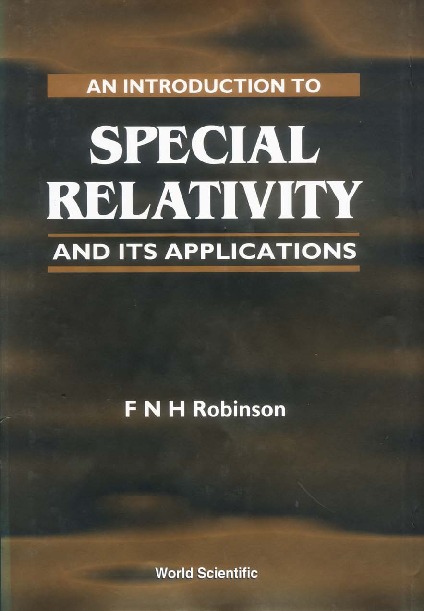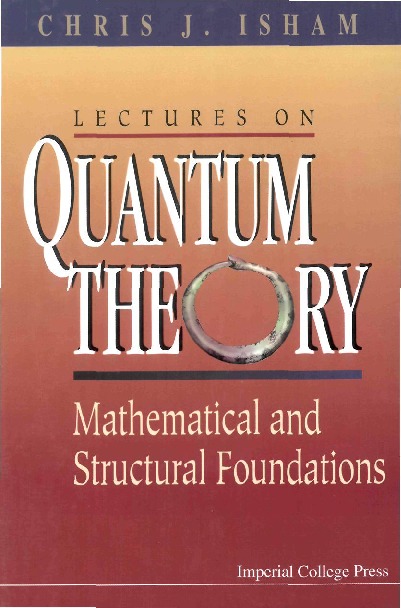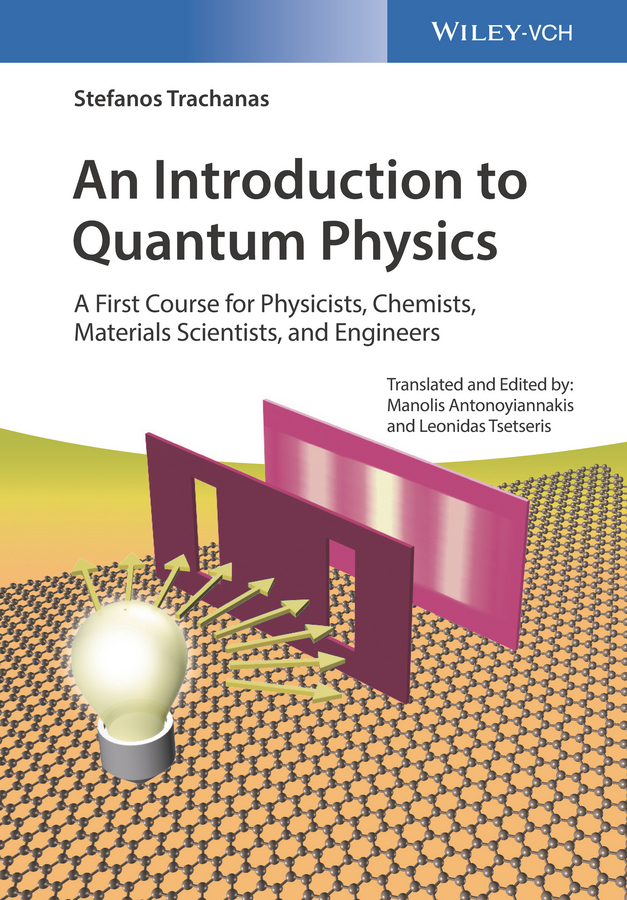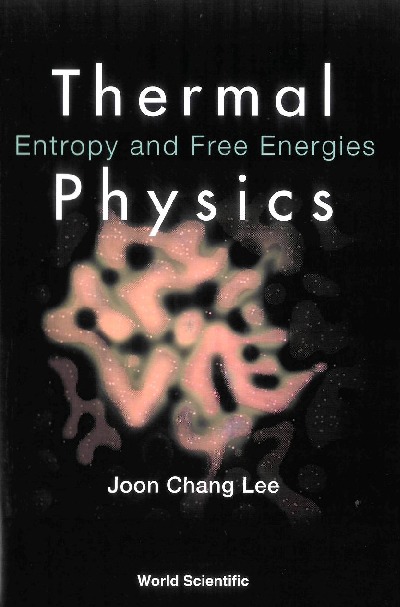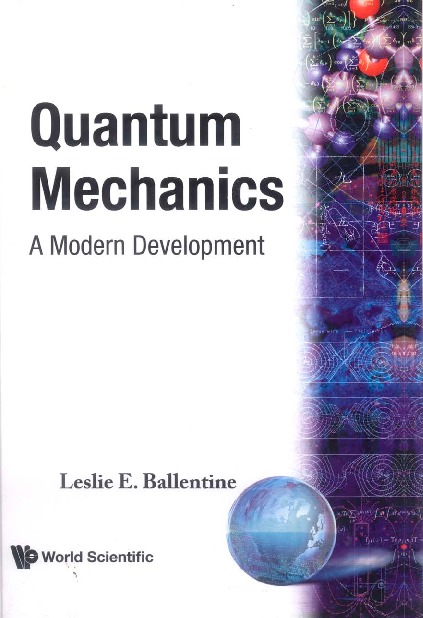CLCO41
LanguageENG
PublishYear1996
publishCompany
WSPC
EISBN
9789812830500
PISBN
9789810224998
- Product Details
- Contents
It is now nearly a century since special relativity reconciled seventeenth century dynamics and nineteenth century electromagnetism, yet physics students are almost invariably introduced to the subject as “MODERN PHYSICS” — and something of a mystery.This book, instead, treats special relativity as a useful branch of physics rather than as an astounding novelty. The emphasis is on its dynamical consequences, its effect on quantum mechanics (with all that this implies for chemistry and biology), the new insights that it provides in electromagnetism and its utility in problems such as calculating radiation from fast-moving charged particles. To avoid giving the impression that relativity somehow eliminates the distinction between time and space, 4-vector notation is not used until the latter part of the book.Since all the consequences of relativity arise from the Lorentz transformation, more than usual care is taken to show how it arises from simple notions about the uniformity of space and time, and the absence of any universal reference system at absolute rest. Recent studies in dynamics stress the critical difference between linearity and nonlinearity and so there is a proof that the transformation must be linear, something ignored by almost every other book on the subject.
Collected by
- University of Oxford
- University of Melbourne Library
- Columbia University Library
- Stanford University
- MIT





